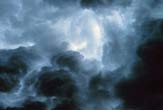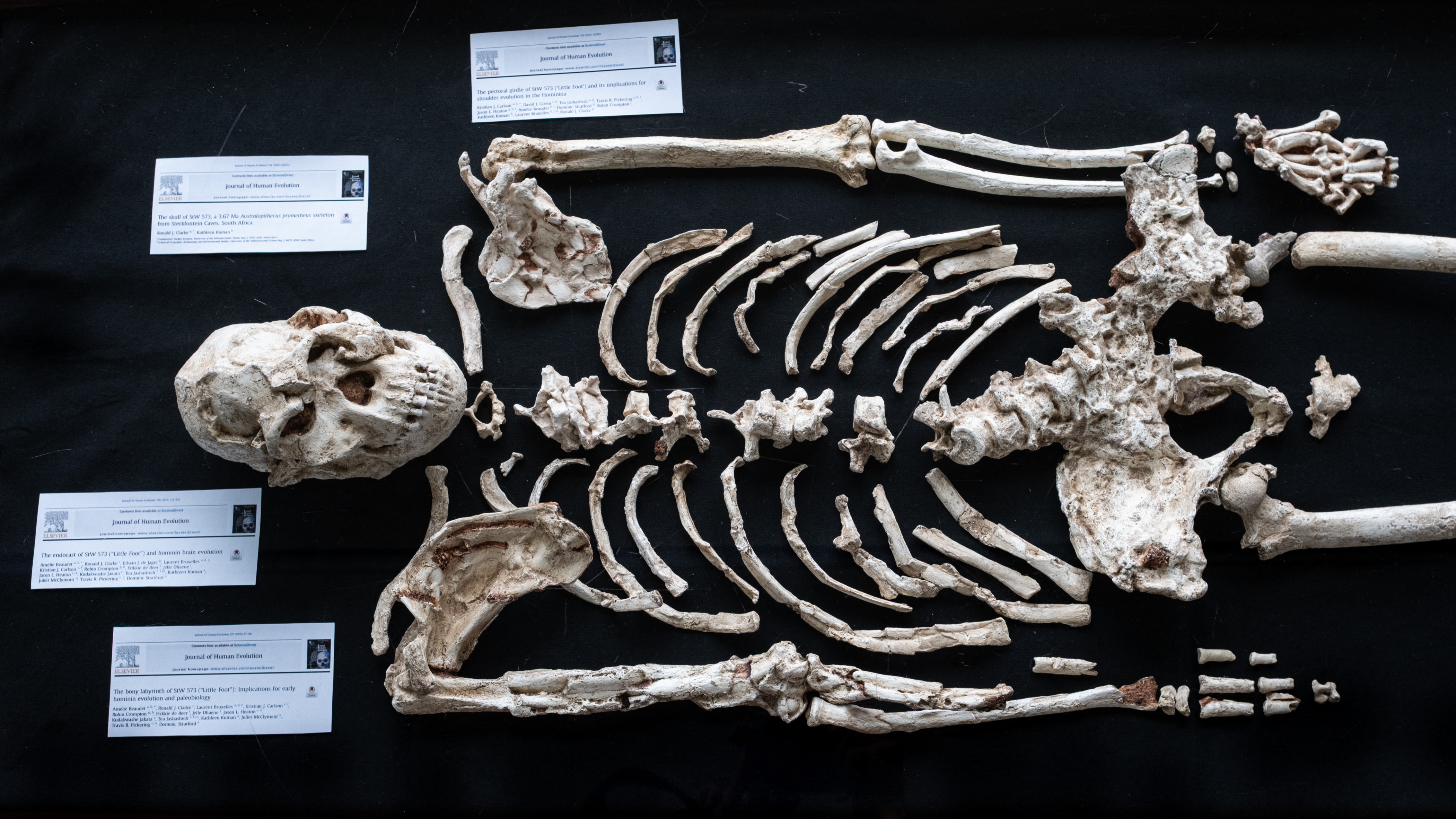
Clouds help keep Earth's temperature within a habitable range, and they shuttle life-giving rain to different regions of the planet. Monitoring clouds is a crucial part of weather forecasting.
So you'd think scientists know what a cloud is.
For more than 200 years, researchers have classified clouds according to a system based on ground observations. But the bulk of cloud observations now are being done by satellite from space. And the newer data reveal the old definitions to be inadequate.
The basics
The first scientific cloud classification system was developed in 1803 by Luke Howard, an English meteorologist. Howard's system had three basic categories, depending on what the clouds looked like: cirrus, stratus and cumulus. He also came up with the idea of using the word "alto" for high clouds and "nimbus" for rain clouds.
Cirrus clouds are feathery, high-flying clouds that look like thin bands of pulled cotton. Stratus clouds occur at low-altitude clouds and form gray, horizontal sheets in the atmosphere. Cumulus clouds are the prototypical white, fluffy, flat-bottomed clouds common on many days.
Howard's classification system is still used today, but scientists have since divided his three basic categories into several subtypes. A cloud is now categorized according to a wide variety of properties that takes into account everything from its shape and the altitude at which it appears to its internal structure and transparency.
Get the world’s most fascinating discoveries delivered straight to your inbox.
After 200 years of tweaks and enhancements, Howard's system is beginning to show its age. Steven Ackerman, the director of the Cooperative Institute for Meteorological Satellite Studies at the University of Wisconsin-Madison, believes it may be time for either another update or perhaps even an overhaul.
Ackerman presented his proposal this week at a meeting of the American Geophysical Union in San Francisco.
Conflicting readings
Since about the 1960s, cloud observations have been shifting from being ground-based to space-based, using orbiting satellites.
"We are very good at classifying clouds from the ground," said Ackerman. "But when we want to classify clouds everywhere on the globe we have to use satellites, since people don't live everywhere on the globe."
But not all satellites detect clouds using the same methods. Many record visible wavelengths of light, but others use micro- or infrared waves, so satellites often give conflicting readings.
"At visible wavelengths, a thick ice cloud is very easy to detect," Ackerman said. "However, the same cloud will be invisible to a satellite instrument that measures microwave energy."
Similarly, a wispy cirrus cloud hovering over a snow-covered patch of Earth will be difficult to see with visible light but will show up clearly in the infrared.
Also, as technology improves, satellites are able to take images in higher resolutions.
"Ten years ago these satellites viewed a region as small as about one kilometer [but] now the instruments have a field of view that is one-quarter that size," Ackerman said.
This is generally a good thing, but it becomes problematic when researchers want to compare the new images against older ones to get a sense of global trends in cloudiness over time.
For example, new satellite images might show more small clouds in the Earth's atmosphere, but is that because older satellites were unable to detect them, or are they more common because of environmental change?
As scientists aim for more accurate weather and climate models, they will need to be able to distinguish between natural processes and the effects of improving technology.
Why it's important
A large part of weather forecasting depends on knowing where certain clouds are in the atmosphere and what they're doing. When meteorologists observe, for example, cirrus and cirrostratus clouds thickening and lowering to altostratus clouds, they know that it's probably going to rain soon. Cumulonimbus clouds on a humid day usually herald an approaching thunderstorm.
Clouds are also important for longer-term climate forecasting.
A recent study predicted that climate change will cause storm clouds to shift poleward as the century progresses, leading to more intense rain and snow storms near the Earth's poles and higher chances of drought in the planet's middle regions.
For a while, scientists speculated that tiny atmospheric aerosol particles might be increasing the brightness of clouds. It was thought that brighter clouds might counteract the effects of global warming because they would reflect more of the Sun's rays back into space. This hypothesis has since been called into question, but the example shows how accurate climate predictions rely heavily on a sound understanding of clouds.
Ackerman believes another update of the cloud classification system is in order, one that can better integrate satellite observations. Satellites are revealing things about clouds that were invisible to ground observers, such as waves, V-shaped structures and "streamers" atop thunderclouds. Any revamping of the current system will have to be able to incorporate these new findings.
Ackerman does not know what the cloud classification system of the future will look like, but suspects it will retain many of the aspects devised by Howard, such as classifying them according to the altitude at which they develop and their texture.
- Image Gallery: Curious Clouds
- New Stamps Highlight Cool Clouds
- Weather 101: All about Wind and Rain
- The Many Flavors of Fog
Image Gallery
Curious Clouds
Image Gallery
Sky Scenes
Image Gallery
Sunrises & Sunsets





